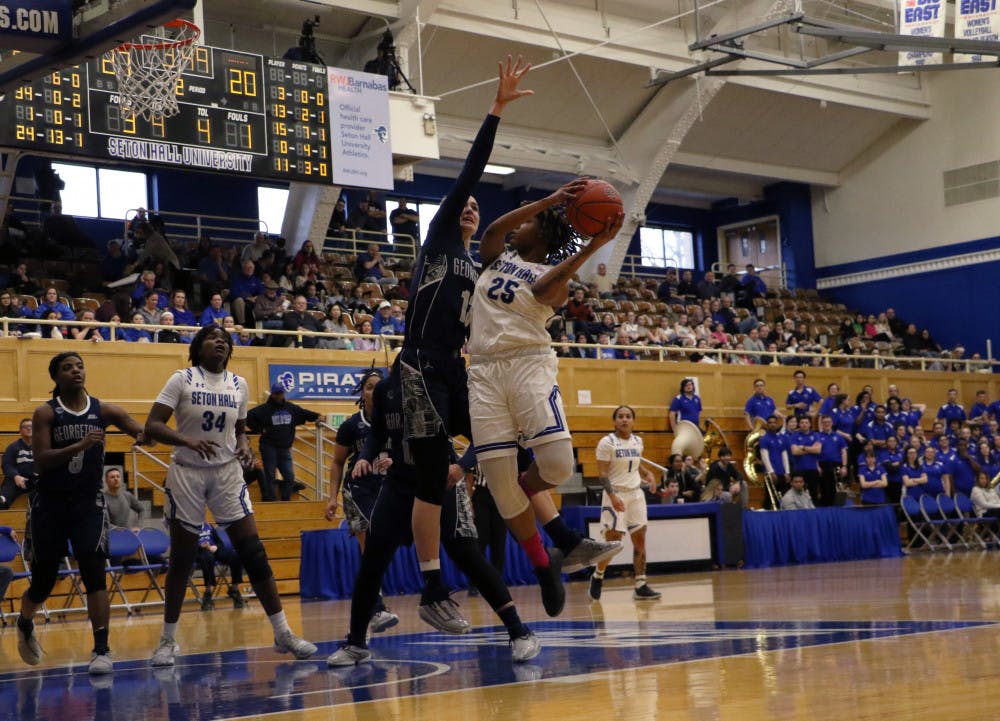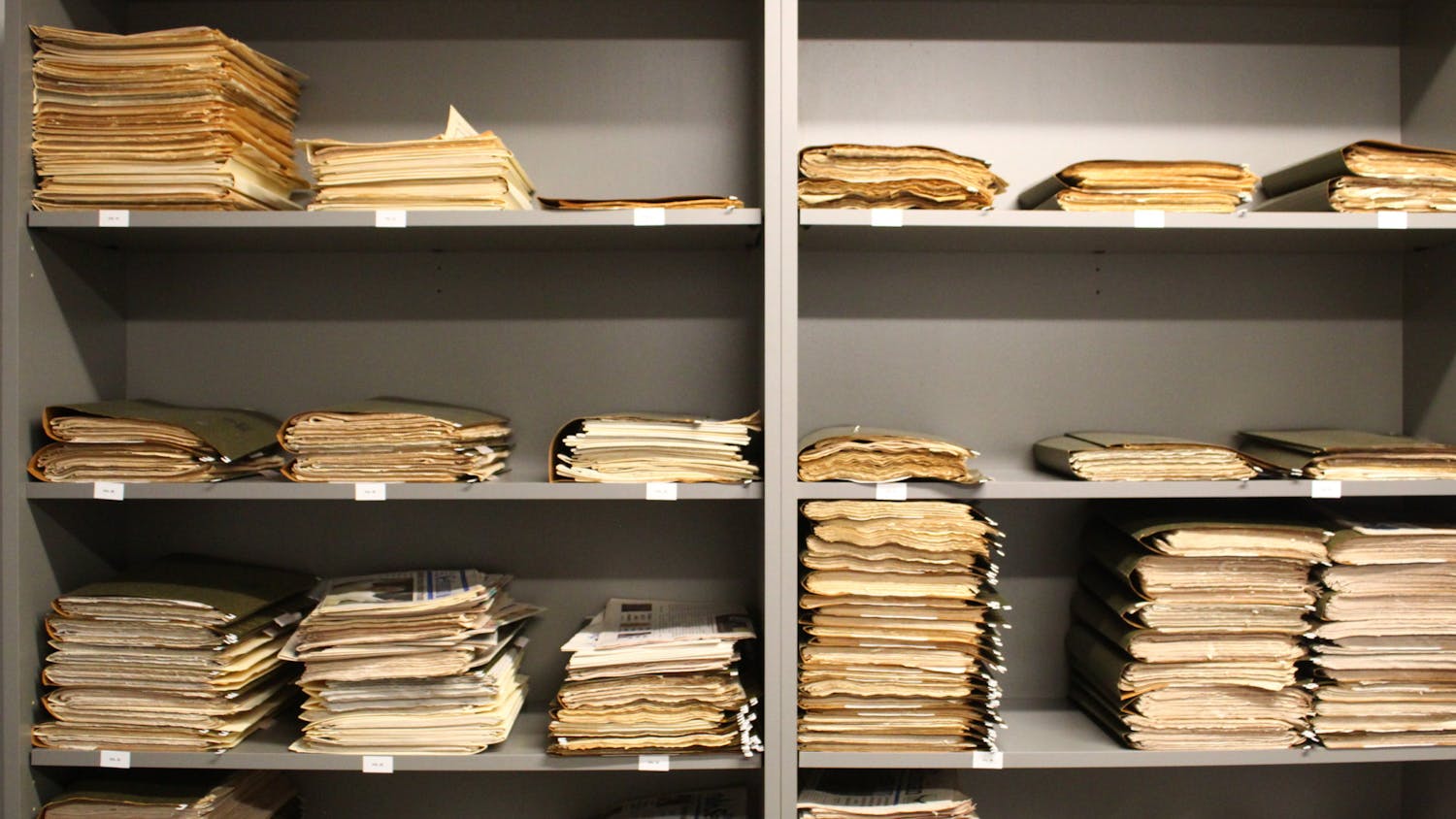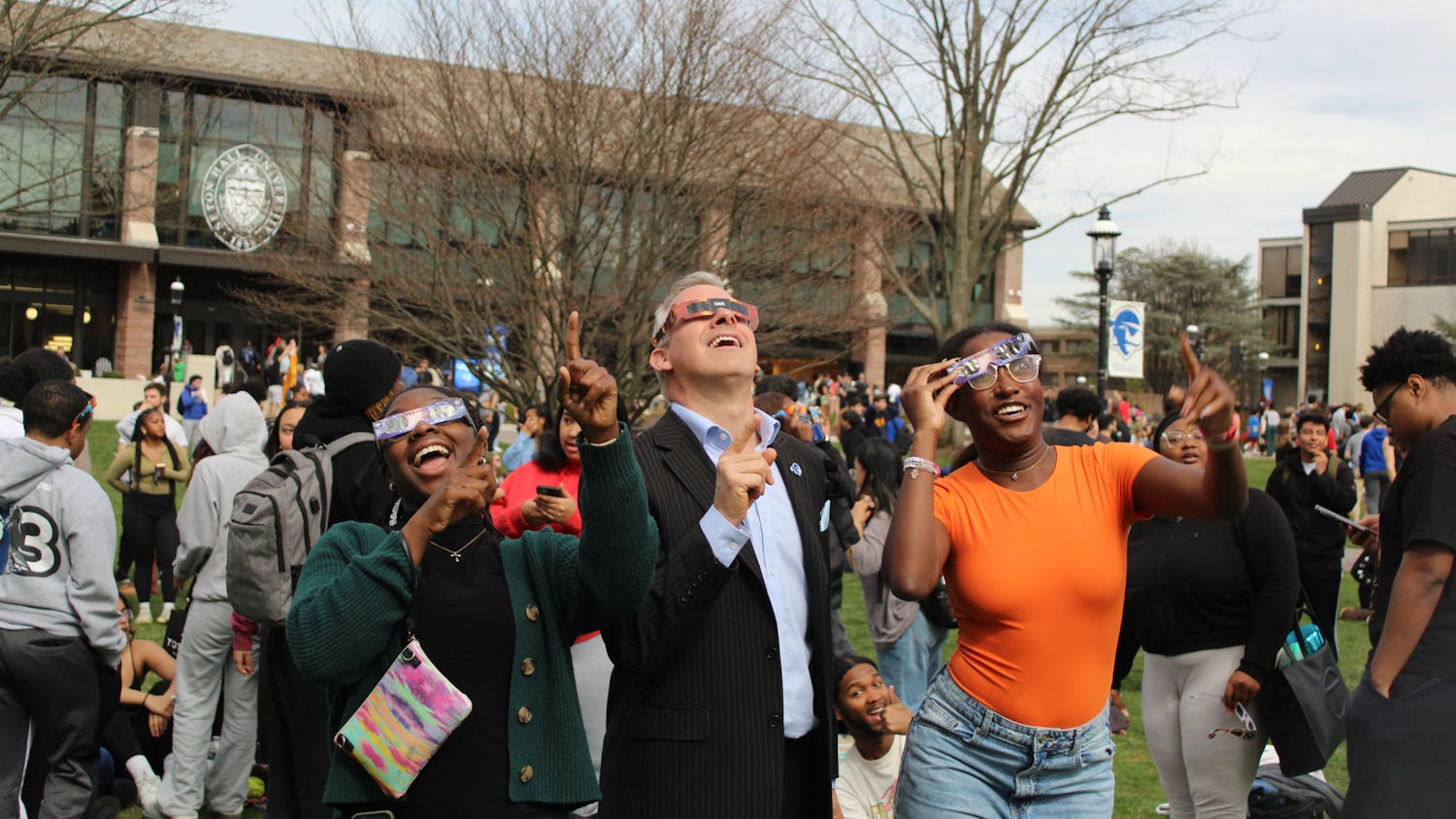
Amanda Boyer/Photography Editor
While many students may have heard the news about Seton Hall’s newest addition, few may know the history of Seton Hall’s first attempt at such an undertaking.
According to University Archivist Alan Delozier, the story begins in 1937, when Seton Hall had just started its Nursing program, the first one in New Jersey. According to Delozier, “women got the medical ball rolling,” for Seton Hall.
Nursing was a successful program, and it helped to spark interest at Seton Hall in the field of medicine. In 1946, Seton Hall started a graduate medical education program, sponsored by the Essex County Medical Society, and partnered with state hospitals and health organizations, as well as schools such as Columbia, Cornell and Georgetown.
The next year, the Bishops of New Jersey approved a lobbying organization called the New Jersey State Legislative Council, which was created to help serve the Catholic Mission in the state legislature. The Council drafted the New Jersey Conference of Catholic Hospitals of the Catholic Hospital Association of the United States and Canada, which helped to motivate the diocese to endorse a seven year study about the possibility of starting a medical school at Seton Hall College.
According to Delozier, “the conference wanted to help develop a convenient medical and dental training ground for in-state students to attend.” The conference also cited the “Baby Boom,” the growing population of New Jersey and the longer life expectancy as top reasons for creating a school.
On March 17, 1954, John McNulty, monsignor and president of the college, approved plans for the new medical school. By August 6 of that year, the American Medical Association approved the school and Seton Hall College fully incorporated it. The school also took out a 50 year lease with Jersey City Mayor Bernard J. Berry, allowing Seton Hall to use the Jersey City Medical Center as its base of operations.
McNulty was chief of operations, Dr. Charles L. Brown, M.D., was appointed as the Dean of Medicine, and Merritte M.J. Maxwell, D.D.S., was appointed the Dean of Dentistry. In 1955, Gov. Robert B. Meyner signed the school into law, and the first class was admitted in the fall of 1956.
Seton Hall’s School of Medicine and Dentistry became one of only three Catholic, Non-Jesuit affiliated institutions in history to have a medical school and the only one to offer dentistry. At the school’s opening, Archbishop Thomas Boland evoked a Christian approach to medical education that set it apart from public educational institutions.
However, according to Delozier, “in pragmatic terms, this entity would ultimately be subjected to secular and financial influences, whereby long-term sustainability and profitability would be difficult to maintain.” It was estimated that, “once the school established its reputation and solidified operational support,” each graduating class would be made up of around 100 medical students, and about 50 dental students.
Acceptance was not based on religion, race or ethnicity, but rather merit and physical health. Students who applied were required to have at least three years of college, made up of 90 credit hours in chemistry, biology, physics and english, as well as having taken a modern languages course. Most of the students in the first class came from New Jersey and New York, but there also were students from as far as Illinois, Michigan and Ohio, most of which had attended Catholic undergraduate colleges. Once they had been accepted, students would attend four academic sessions, which were 36 weeks each. Their classes would incorporate theoretical knowledge with textbook and lecture notes, as well as laboratory work. Students in their third year would begin working with patients, and by their senior year they would begin an apprenticeship, where they would be responsible for patients.
Seton Hall’s College of Medicine and Dentistry was, however, shortlived. The school decided that it would be self-sufficient, but it did not have the financial means to do so, and incurred a large debt to the state. According to Delozier, Governor Richard Hughes “took an active role in transferring the school to state property, and helped to make a smooth transition. By the mid-60s, the state had taken full control.”
Elena Vitullo can be reached at elena.vitullo@student.shu.edu.





